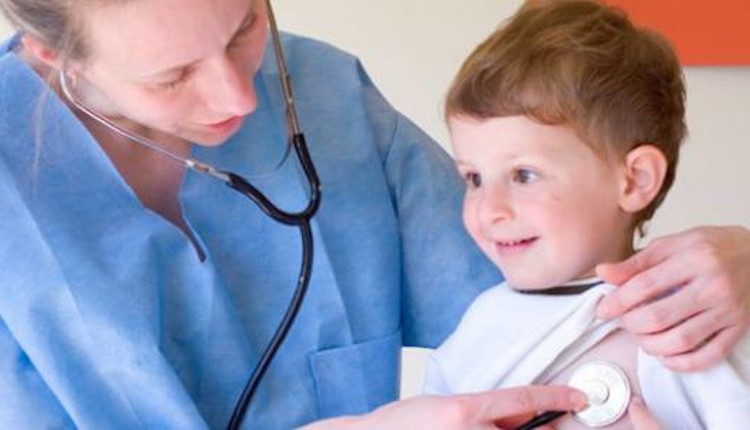
Calculating weight in critically ill paediatric patients with a special smartphone for drug dosing
Knowing a paediatric patient’s weight is critical while managing paediatric emergencies because dosing resuscitation drugs are generally based on weight. However, in many out-of-hospital settings, the child’s weight is unknown.
Calculation of emergency drug doses, choosing the most appropriate equipment size and defibrillation energy level requires knowing or accurately estimating the weight in a paediatric patient. Some of the conditions which make challenging to obtain a rapid and reliable measurement of the weight include on-going cardiopulmonary resuscitation, spinal immobilization, emergency airway management, and emergency delirium or agitation.
Paediatric patient’s weight in an out-of-hospital setting: complications in drug dosing
For this reason, various weight estimation techniques were developed. Current techniques include visual estimation by parents or healthcare providers and estimation from child age or length. Despite poor accuracy, they created more than twenty age-based formulae with some of this requiring relatively complex arithmetic calculations increasing the risk for errors in a stressful resuscitation setting.
Moreover, resuscitation guidelines suggest using a body-length tape subdivided into colour zones with pre-calculated doses if the child weight is unknown. Each zone estimates the 50th percentile weight for length and thus represents the ideal body weight of paediatric patients.
Paediatric patient’s weight in an out-of-hospital setting: drug dosing errors and the smartphone utility
Concerned by the risk derived by drug dosing errors in critically ill paediatric patients, we developed the first smartphone app that estimates child weight using the smartphone camera and augmented reality (AR) by implementing a virtual 3D tape.
The app is very simple to use. After launching it, the smartphone camera with a yellow marker in the centre of the screen, and AR software tracks a correspondence between the real world and the virtual space. After the completion of this process, the app is ready to measure child height. The first step is pointing and tapping the marker over the head of the child.
As a result, a virtual tape anchored to the head is displayed and its length will increase as the smartphone moves heading toward the foot of the paediatric patient. To complete the measurement the user has to point and tap the marker over the foot. At this point, the measured length and the colour corresponding to the weight zone are displayed in the bottom of the screen with the ability to consult medications dose, route of administration and notes, equipment sizes and other critical calculations. In order to obtain accurate measures, users must be aware of lighting conditions and quality of smartphone camera.
READ ALSO
Children safety on ambulance – Emotion and rules, what is the line to keep in pediatric transport?
First aid in drowning children, new intervention modality suggestion
Kawasaki syndrome and COVID-19, pediatricians in Peru discuss the first few cases of affected children
Acute hyperinflammatory shock found in British children. New Covid-19 paediatric illness symptoms?
SOURCE


